Trauma Recovery for Children, Adolescents from Edward C. Caslin
$109.00 $32.00
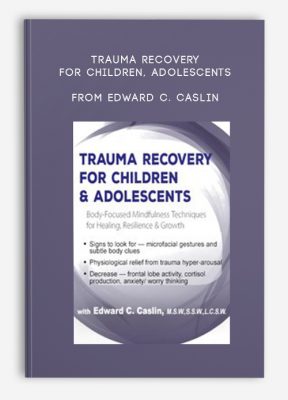
Trauma Recovery for Children, Adolescents Body-Focused Mindfulness Techniques for Healing, Resilience, Growth from Edward C. Caslin
Faculty:Edward C. Caslin
Duration:6 Hours 15 Minutes | Format:Audio and Video
Archive : Trauma Recovery for Children, Adolescents from Edward C. Caslin
Get Trauma Recovery for Children, Adolescents from Edward C. Caslin on Salaedu.com
Outline:
Trauma & Stress-Related Disorders in Kids
- Post-Traumatic Stress Disorder (PTSD)
- Reactive Attachment disorders
- Acute Stress disorders
- Disinhibited Social Engagement Disorder
- OCD – Obsessive Thinking / Compulsive Behavior
The Traumatized Brain and Neuroscience
- Symptomology, skill deficits and behavioral concerns
- Developmental, psychological and neuro-biological lens
- High-risk, pre-cognitive, episodic, recurrent
- Triune Brain Model – lobes of the brain
- Re-traumatization and hyper-arousal
- Sensitized brain and conditioned cues
- Bodily reactions and biological changes
- Attachment, embodiment, self-regulation and resilience
- Interoception – “gut instinct” – intuitiveness
Mindfulness Techniques to Repair the Brain
- Rewire the brain’s hard drive
- Neuro-Integration and Neuroplasticity
- Rapport, hope and compassion
- Interoception: connecting / listening to the “I” within the body
- Tuning In: present moment awareness
- Focusing: mastery of maintaining and shifting attention
- Self-regulation: embodiment, control, safety and choice to live
Mindfulness Techniques to Repair the Body
- Breathing: our body anchor
- Embodiment: movement with purpose
- Relaxation: to soothe the Autonomic Nervous System (ANS)
- Kindness: nurturing compassion for self and others
- Trauma resiliency: yoga, tai chi, chi gong, meditation, imagery, breathing, exercise
Ultimate Trauma Recovery
- Relaxation: to soothe the Autonomic Nervous System (ANS)
- Kindness: nurturing compassion for self and others
Get Trauma Recovery for Children, Adolescents from Edward C. Caslin on Salaedu.com
Description:
- Signs to look for– microfacial gestures and subtle body cues
- Physiological relief from trauma hyper-arousal
- Decrease – frontal lobe activity, cortisol production, anxiety/ worry thinking
Child and adolescent victims of trauma, single episode or recurrent, are struggling to survive devastating and quite often unthinkable horrific experiences. Our goal is to insure that we prevent re-traumatization and hyper-arousal by employing time-proven and research driven effective therapeutic strategies.
Join Edward Caslin, LCSW, as he shares his clinical expertise in working with kids, both urban and suburban, facing single and recurrent traumas from:
- PTSD
- Physical/emotional/domestic violence
- Separation/divorce
- Suicidal ideation
- Harassment/bullying
- Shootings/bodily harm
- Homelessness
- Perpetuated messages of over-achievement & performance
He will show you how to treat kids to recognize their physiological responses to everyday triggers without re-activating their trauma arousal response to such stimuli through body focused mindfulness techniques. You will learn how to best help kids develop the necessary self-employed coping skills to contend with current and future situations. Kids will learn to choose to respond, not react, to daily trauma arousal stimuli and triggers through:
- Relaxation breathing
- Yoga
- Deep breathing
- Tai Chi
- Guided Imagery meditation
- Chi Gong
- Individual meditation
- Aerobic body movement
- Fun, simplistic activities and games
This course provides clinicians a change in assessment perspective validating adoption of time proven alternative approaches for expedient and effective trauma treatment of kids!!
1 review for Trauma Recovery for Children, Adolescents from Edward C. Caslin
Add a review Cancel reply
Related products
HEALTH - FITNESS - LIFESTYLE - MEDICAL
HEALTH - FITNESS - LIFESTYLE - MEDICAL
HEALTH - FITNESS - LIFESTYLE - MEDICAL
HEALTH - FITNESS - LIFESTYLE - MEDICAL
Somatic Interventions for Treating Complex Trauma with Janina Fisher, Ph.D. from Janina Fisher
HEALTH - FITNESS - LIFESTYLE - MEDICAL
HEALTH - FITNESS - LIFESTYLE - MEDICAL
HEALTH - FITNESS - LIFESTYLE - MEDICAL
Complete Certified Professional Coach Online Course from Berry Fowler
HEALTH - FITNESS - LIFESTYLE - MEDICAL

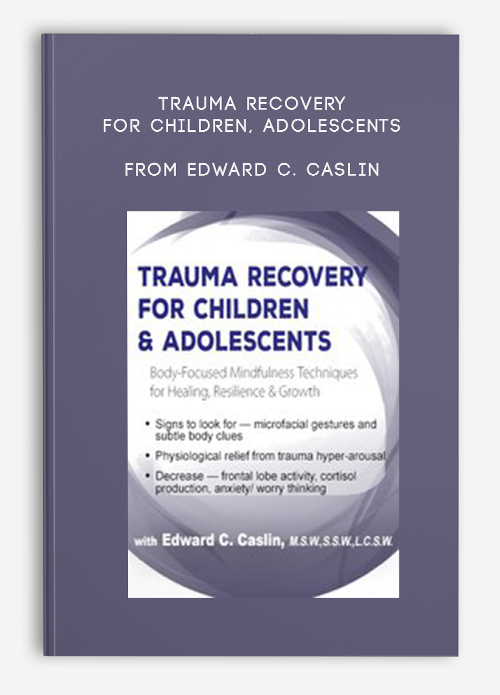
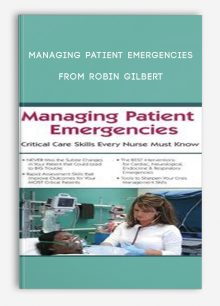
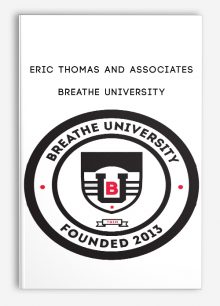

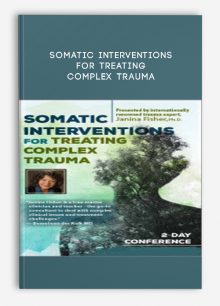
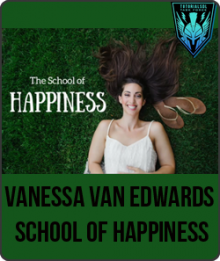



king –
We encourage you to check Content Proof carefully before paying.
“Excepted” these contents: “Online coaching, Software, Facebook group, Skype and Email support from Author.”
If you have enough money and feel good. We encourage you to buy this product from the original Author to get full other “Excepted” contents from them.
Thank you!